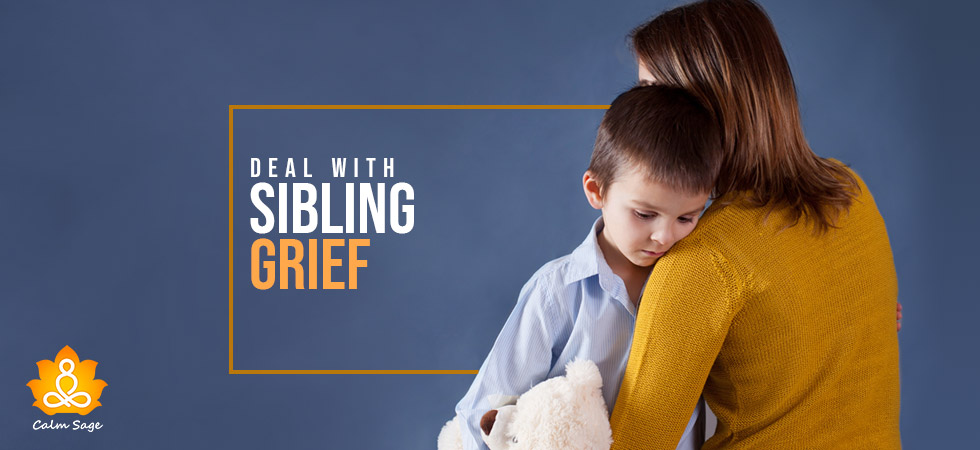Embrace Your Dark Side With Shadow Work: Techniques, How-To, Benefits, And More!

Where there is yin, there is yang and where there is light, there will be darkness. That’s what psychology believes too. Do you feel that there are parts of you that you want to hide from the world?
In psychology, this hidden part of you is referred to as the “dark side”. Many experts believe that getting in touch with your dark side can help improve self-awareness, overall growth, and development.
This process of embracing and accepting your dark side is called shadow work. Shadow work helps in the exploration of your feelings that you would rather hide from the world. You can practice this technique under professional supervision or by yourself as well.
Let’s take a look at what shadow work means, shadow work techniques, how to practice it, and the many benefits of embracing your shadow self.
What Is Shadow Work?

In psychology, the shadow is the hidden parts that you’ve hidden or chosen to hide from others. The Swiss psychologist, Carl Jung developed shadow work. According to this concept, a shadow is created from childhood experiences that eventually develop and affect adulthood.
Childhood experiences can be anything ranging from childhood trauma, envy, anger, social values, etc. Carl Jung’s shadow work theory highlights that when you constantly avoid your “shadow”, it can eventually create havoc later in life. Suppressing your negative feelings can lead you to develop mental health troubles.
With shadow work exercises, you can easily face the experiences you want to avoid. This theory helps you accept your repressed side and eventually heal you from within.
What Is Shadow Self?
The Shadow self is the subconscious side that keeps bothering us but it is not clear if this side is helping us or distracting us because it is hidden deep within us. Our shadow self can also play a big role in influencing our decision in our life. Engaging in a conversation with your shadow self can also help in bringing a positive change in your life.
Interacting with your shadow self can help explore many positive traits of your personality. It can help you become more self-compassionate, improve the relationship you have with yourself and others, and it can help heal yourself from within by finding peace of mind.
How To Do Shadow Work?
Shadow work techniques can include:
1. Avoid Self-Pity
The first step is to avoid self-pity. You need to embrace your self-worth and acceptance. When negative experiences happen, we keep thinking about them. We lose focus on what’s important and begin to question our worth. You are worthy of love so instead of self-pity focus on how much you are worthy of love!
2. Accept Your Emotions
To avoid getting hurt, we tend to suppress our emotions. What you don’t realize is that once you accept your wayward emotions, it becomes easier to move through life. Remember not all emotions are bad. Accepting your emotions (all of them) can help you embrace all of you.
3. Meet Your Shadow
It’s time for your light to meet your dark. It can be hard to find your shadow as it is in your subconscious mind so to bring forth your shadow you need to focus on all of your emotions, feelings, and thoughts. If you’re stuck with self-doubt or unworthiness, don’t worry. Just let every emotion out.
4. Stay Compassionate
To keep our negative self at bay, we tend to blame others. Well, it might not work if you truly want to embrace yourself. Remember to forgive and forget, as that’s the way you can move forward and heal. Try to stay compassionate towards others as well as yourself. If you keep drowning in guilt, how would you embrace your shadow self?
5. Hug Your Inner Child
Your childhood experiences are the ones that give birth to your shadow self. Childhood trauma or other negative experiences can hold us back from fully embracing ourselves. So, go and give a big hug to your inner child and let them know that it’s not their fault. They are loved, if not by others than by themselves.
6. Engage In De-Stressing
Sometimes, we can’t express our feelings – positive or negative – with words. One of the best ways to express and understand your dark side can be through your hobbies. When you create something, you pour your emotions into it. Engaging in de-stressing activities can also help you explore your shadow self.
More Shadow Work Exercises
1. Have A Conversation With Yourself
Well, talking to yourself may sound crazy but it’s not! There are so many layers of your personality that you haven’t yet explored. And if you continue to ignore them then they may unconsciously influence your actions.
An example of this can be; when you say something and then wonder what or why you say what you said. To avoid this, it’s always best to talk to yourself – either with the help of journaling, imagining, or by looking in a mirror.
2. Become Friends With Your Dark Side
Many times, people assume that they are naturally “good”. And this perception of oneself stays while one keeps ignoring their negative side. To embrace your shadow, start by listing your positive sides as well as negative sides too.
An example; you can call yourself a polite and kind person but somewhere you are hiding your unkind or impolite side. Please remember that it’s OK to have negative sides, they are what makes us human. It’s important to accept them and move on.
3. Get To Know Yourself
Start to get to know yourself. You can start by noticing your behaviors for a week or so. For example, when you’re angry at someone, note what they did to make you angry. What feelings do you hold for them?
If a piece of advice pops up in your head, write it down. You can direct this advice towards others and yourself too. When you advise others, always remember to remind yourself too.
How Does Shadow Work Help?
Practicing shadow work can have many benefits such as:
- You become better focused and grounded.
- Your relationship with yourself as well as others improves.
- You learn to accept others as they are while accepting yourself.
- You get a clear understanding of the world around you.
- You learn how to handle dark and negative thoughts better without compromising your mental, emotional, or physical health.
- You learn how to balance your life and handle certain situations better.
- Your communication skills improve.
- You learn to avoid self-sabotage, self-blame, and improve your overall well-being.
Shadow work, while beneficial, is not easy as it requires you to accept your dark side without any bias. However, once you embrace your dark side, your shadow, you can lead a journey towards self-discovery and self-acceptance.
Shadow work can help you gain the freedom to accept and embrace all of you as you are. I hope the above-mentioned shadow work techniques and shadow work exercises help you embrace your shadow self and improve your overall health and well-being.








